With its deep, rich hues and robust flavors, red wine has long been associated with warmth and elegance. Traditionally served at room temperature, there is a certain allure to sipping on a glass of velvety Cabernet or a bold Merlot in front of a crackling fireplace. Yet, as the world of wine evolves and palates expand, an age-old question lingers: should we chill our beloved reds?
Debated by enthusiasts and connoisseurs alike, the concept of chilling red wine has sparked curiosity and controversy among wine lovers worldwide. Let us embark on this journey together to uncover the truth behind chilling red wine – discovering new horizons or defying centuries-old traditions.
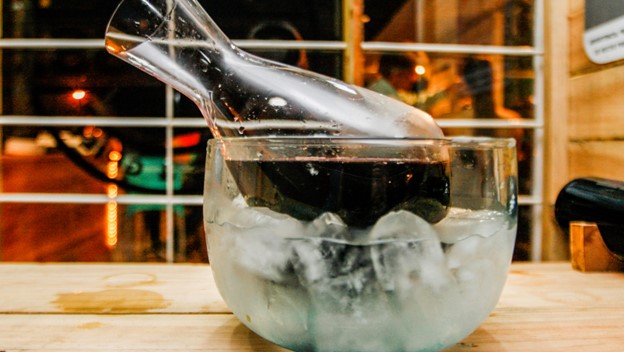
Why red wine temperature matters
The temperature at which red wine is served can have a significant impact on its flavor and overall enjoyment. Many people automatically assume that room temperature is the ideal serving temperature for red wine, but this is not always the case. In fact, serving red wine too warm can actually dull its flavors and make it taste overly alcoholic. On the other hand, serving it too cold can mask some of its subtle nuances and aromas.
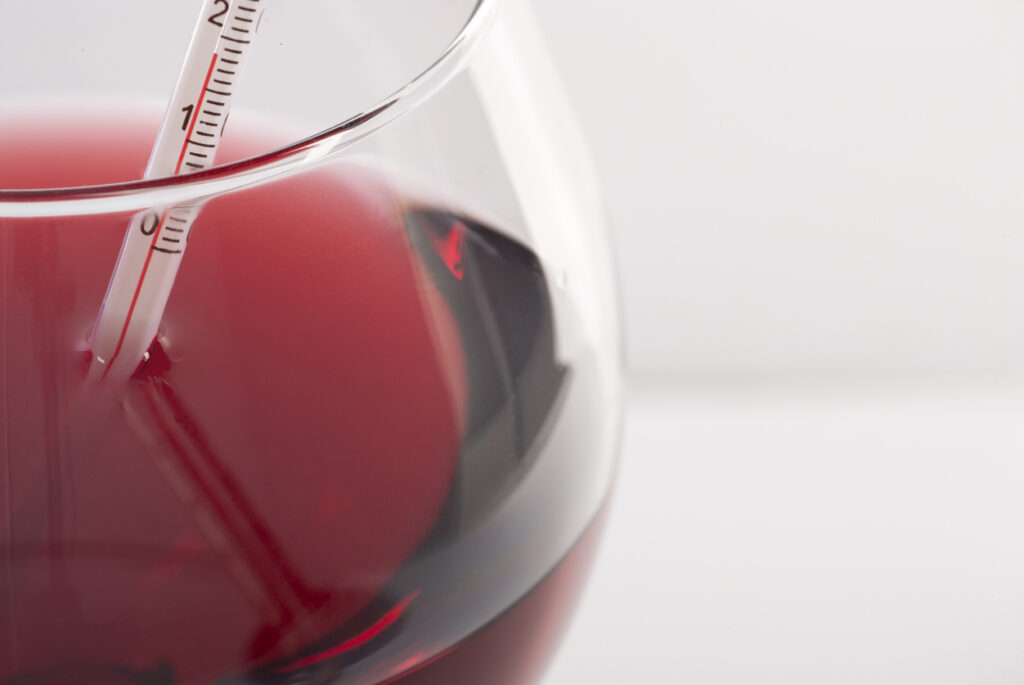
So what is the optimal temperature for enjoying red wine? It varies depending on the style of the wine. Lighter-bodied reds, such as Pinot Noir or Beaujolais, should be served slightly chilled at around 55-60 degrees Fahrenheit to preserve their delicate fruitiness. Medium to full-bodied reds like Cabernet Sauvignon or Merlot are best enjoyed between 60-65 degrees Fahrenheit, allowing their bold flavors and tannins to shine through without overpowering your palate.

By serving your red wines at the appropriate temperatures, you enhance their characteristics and ensure a more enjoyable drinking experience. So next time you open a bottle of red wine, take a moment to consider its ideal serving temperature. You might be surprised by how much difference a few degrees can make in unlocking all of its deliciousness!
The myth of room temperature
When it comes to enjoying a glass of red wine, the common advice is often to serve it at room temperature. But here’s a myth-busting revelation: room temperature does not mean what you think it means. Contrary to popular belief, the term room temperature originated in medieval Europe where castles and manor houses were anything but warm. In reality, room temperature referred to a chilly 55-60 degrees Fahrenheit.
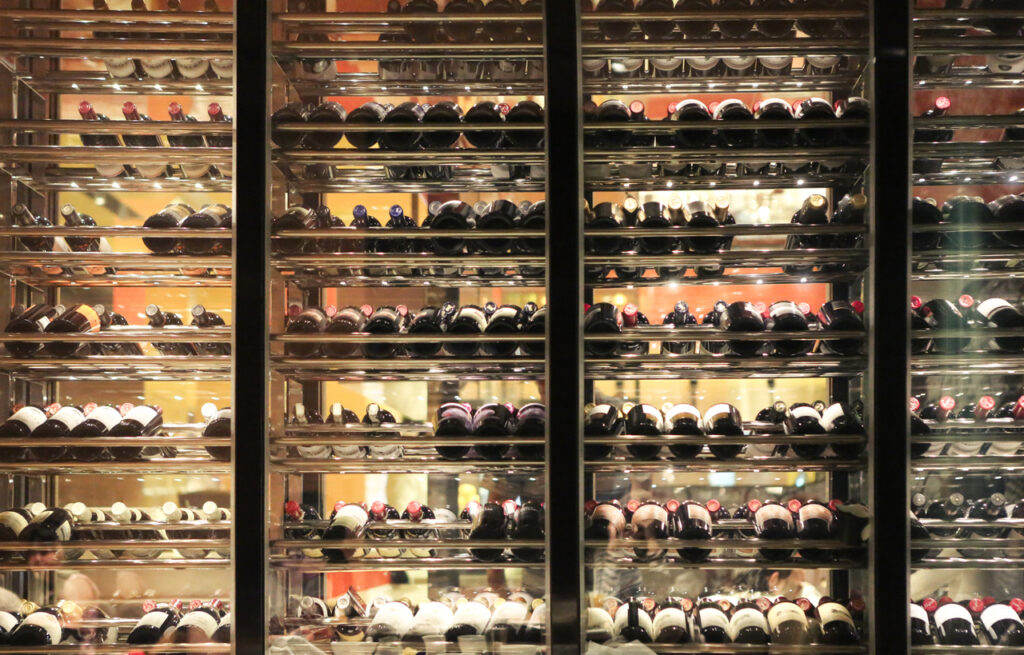
So if you thought that pouring yourself a glass of your favorite red at your cozy living room would do the trick, you might want to reconsider. The optimal drinking temperature for different types of red wines varies significantly – from 55 degrees Fahrenheit for lighter-bodied reds like Pinot Noir and Beaujolais, to around 65 degrees Fahrenheit for bolder varieties such as Cabernet Sauvignon or Bordeaux. Maintaining the correct serving temperature can enhance the flavors, aromas, and overall enjoyment of your wine experience. Don’t let this ancient myth spoil your next bottle; after all, getting those temperatures just right can make all the difference between an ordinary sip and an extraordinary one.
The benefits of chilling red wine
Chilling red wine is often seen as a taboo in the world of oenophiles, but those who dare to challenge this belief are rewarded with a unique and refreshing experience. Contrary to popular belief, cooling down a red wine can actually enhance its flavors and aromas. By lowering the temperature, the harsh tannins in young red wines are softened, allowing for a smoother and more enjoyable drinking experience.

Moreover, chilling red wine can also bring out flavors that may have gone unnoticed at room temperature. The coolness of the wine accentuates fruity notes and delicate nuances that would otherwise be overshadowed by higher alcohol content or intense tannins. This is particularly true for lighter-bodied reds such as Pinot Noir or Beaujolais.

While some may argue against chilling certain types of red wines due to potential loss of complexity, it’s worth exploring different temperatures as a way to discover new levels of enjoyment from familiar bottles. So next time you reach for that bottle of Cabernet Sauvignon, give it a slight chill before indulging in its rich and robust notes – you might just uncover hidden layers waiting to be savored on your palate.
Which red wines are best chilled
There is a common misconception that red wines should always be served at room temperature, but the truth is that some reds benefit from being chilled. One such red wine is Beaujolais, particularly the lighter and fruit-forward Beaujolais Nouveau. The bright acidity and refreshing flavors of cherry and raspberry make it a delightful choice for a slightly chilled summer sipper. Another red wine that can be enjoyed chilled is Lambrusco. This sparkling Italian wine has a unique blend of fruity and earthy notes that come alive when served cold, making it perfect for picnics or hot weather gatherings.
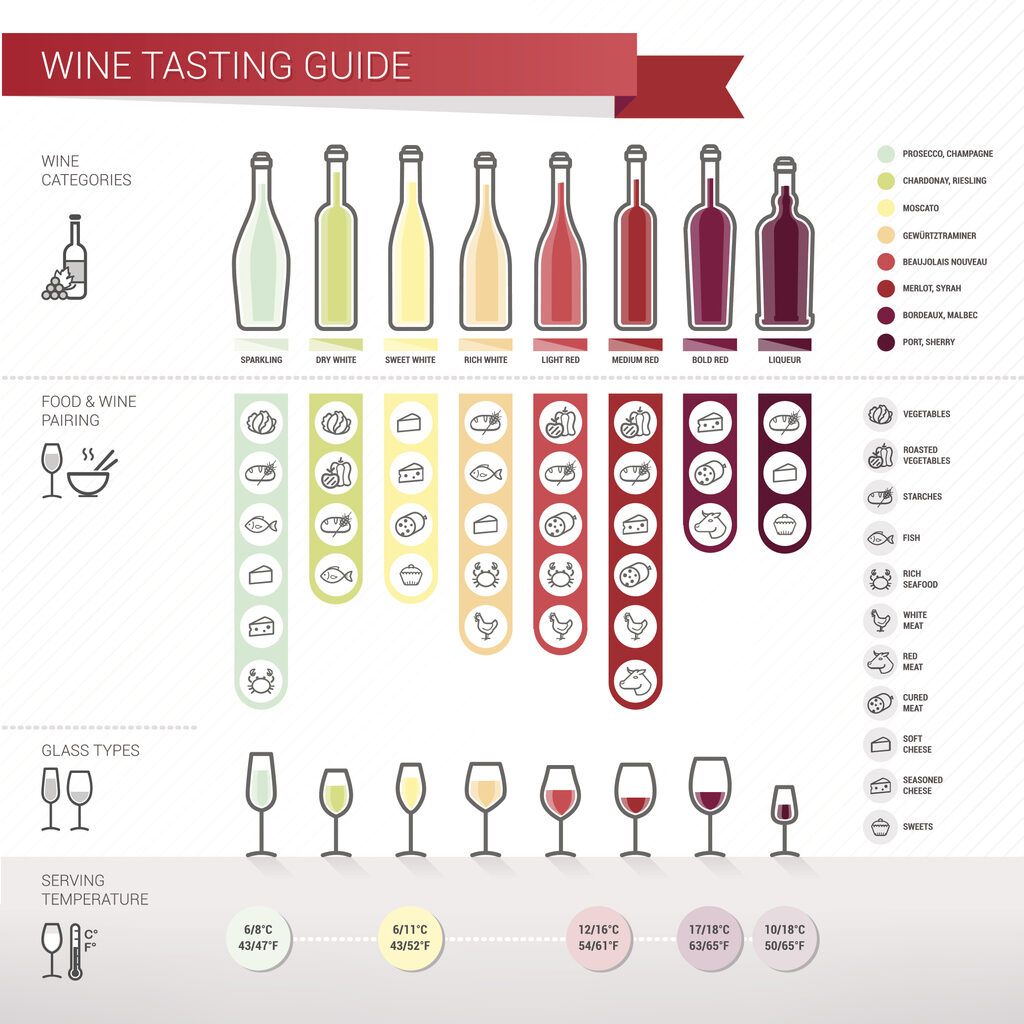
While many people may think of red wines as heavy and full-bodied, there are some varieties that actually do well when cooled down. For example, lighter-bodied Pinot Noir can benefit from being lightly chilled to bring out its vibrant fruit flavors without overwhelming the palate with tannins. Additionally, certain Spanish Rioja wines made from the Tempranillo grape are often best enjoyed with a slight chill to enhance their juicy berry profiles and soften any harsher oak notes.
In conclusion, while chilling red wines may go against tradition for some wine enthusiasts, experimenting with different temperatures can offer exciting new dimensions to your drinking experience.
How to properly chill red wine
When it comes to chilling red wine, the general rule of thumb is that it should be served slightly below room temperature. However, achieving the perfect chill can be a bit tricky. While many people instinctively reach for their fridge or freezer, this may not always be the best approach. In fact, placing red wine in these excessively cold environments can damage its flavor profile and inhibit its ability to develop aromas.

Instead, consider using a wine cooler or an ice bucket filled with water and ice cubes to gradually lower the temperature of your red wine. Ideally, you want to bring it down to around 55-60°F (13-15°C). This way, you can provide a refreshing cooling effect without compromising the delicate flavors and aromas that make red wine so enjoyable. By taking this more measured approach to chilling your reds, you’ll be rewarded with a perfectly balanced and satisfying glass every time.
Serving and enjoying chilled red wine
When it comes to enjoying wine, most people tend to think of chilled whites and rosés as the go-to options for a refreshing sip. However, chilled red wine can offer a unique and delightful drinking experience that should not be overlooked. Contrary to popular belief, some red wines actually benefit from being served slightly chilled.

Chilling red wine can help balance its flavors and enhance its overall taste profile. For lighter-bodied reds such as Beaujolais or Pinot Noir, chilling can bring out their delicate fruitiness while toning down any harsh tannins or spice notes. On the other hand, full-bodied reds like Cabernet Sauvignon or Syrah can also benefit from being cooled down slightly, as lower temperatures help accentuate their complex flavors and smooth out any overpowering oakiness.
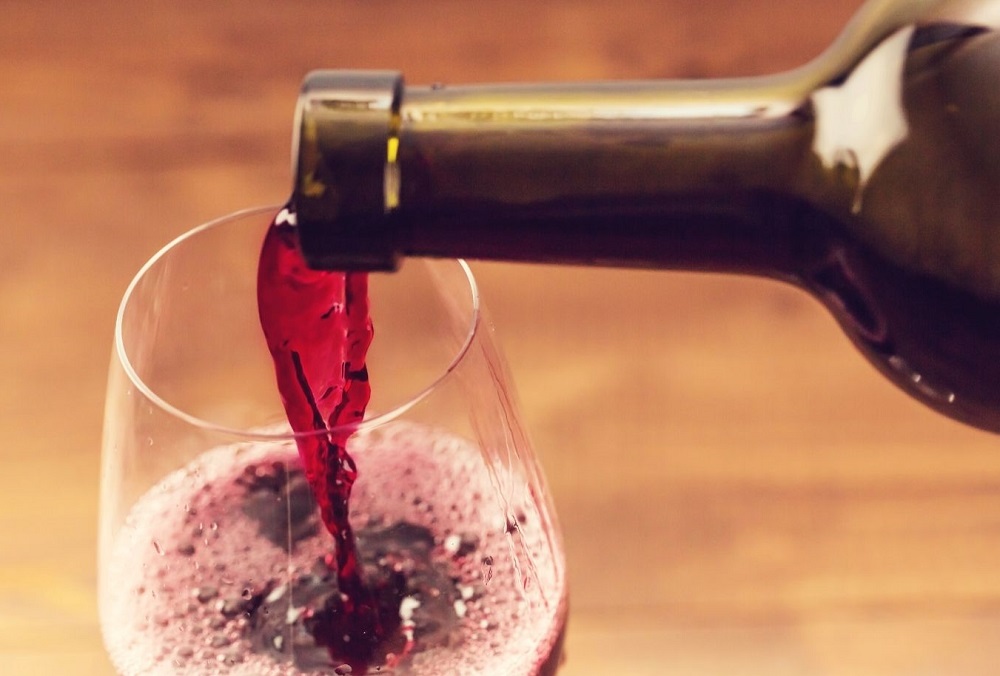
Trying different styles of red wine at various temperature ranges allows you to appreciate the versatility of this beverage even more. For instance, serving a lightly chilled Gamay alongside charcuterie and cheese platters on a warm summer evening adds a refreshing touch to the overall experience. Similarly, enjoying a slightly cooler glass of Shiraz with grilled meats during a barbecue brings out the wine’s vibrant fruit flavors while offering relief from heat-induced thirst.

So next time you open up a bottle of red wine, consider giving it some time in the refrigerator before pouring yourself a glass. You might just discover an exciting new way to enjoy your favorite varietals while adding another layer of complexity to your tasting journey.
Conclusion: Experiment with chilling your favorite reds
In conclusion, don’t be afraid to experiment with chilling your favorite red wines. While traditionally red wines have been enjoyed at room temperature, the belief that they must always be served this way is being challenged. Chilling certain red wines can enhance their flavors and make them more refreshing on a hot summer day. However, it is important to note that not all red wines are suitable for chilling, so it’s always best to consult with a wine professional or do some research beforehand. So next time you reach for a bottle of red, consider giving it a slight chill and see how it changes your wine-drinking experience. Cheers!

